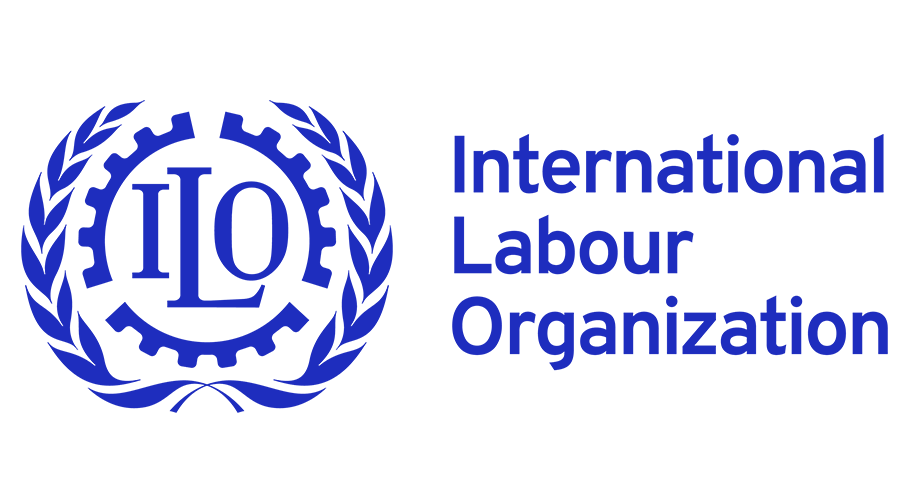The International Labour Organisation (ILO) has said finding decent and well-paid jobs is likely to be harder in 2023, thanks to the continuing global economic downturn.
The UN labour agency on Monday, in a statement, said global employment was set to grow by just one per cent in 2023, less than half of last year’s level.
The number of people unemployed around the world is also expected to rise slightly, to 208 million, it said.
This corresponds to a global unemployment rate of 5.8 per cent – or 16 million people – according to ILO’s World Employment and Social Outlook Trends report published on Monday.
The UN report warns that today’s economic slowdown “means that many workers will have to accept lower quality jobs, often at very low pay, sometimes with insufficient hours.”
This is likely already the case in Europe and other developed countries, thanks to the Ukraine war and the continued disruption of global supply chains, both of which are counteracting the robust stimulus packages implemented to ride out the COVID-19 crisis.
“Real wages we project for 2022 to have declined by 2.2 per cent in advanced countries and of course Europe makes up a significant proportion of advanced countries, versus a rise in real wages in developing countries,” Richard Samans, Director of ILO’s Research Department, said.
READ ALSO:
- Edo Train attack: Security Operatives Rescue Twelve More Victims
- NDLEA Busts Another Tramadol Cartel; Seizes Over N5billion Opioids in Lagos
- Bandits Allegedly Burnt Catholic Priest in Niger
An equally worrying development is the probability that efforts will be dashed to help the world’s two billion informal workers join the formal employment sector, so that they can benefit from social protection and training opportunities.
“While between 2004 and 2019 we observed decline in incidence of informality globally of five percentage points, it is very likely that this progress will be reversed in the coming years,” Manuela Tomei, ILO’s Assistant Director-General for Governance, Rights and Dialogue, said.
This is because employment recovery “especially in developing countries, has been biased very much towards informal jobs,” Tomei told journalists in Geneva.
The ILO report warns that as prices rise faster than wages, the cost-of-living crisis risks pushing more people into poverty.
This trend comes on top of significant declines in income seen during the COVID-19 crisis, which affected low-income groups most, in many countries.
Some 214 million workers live in extreme poverty today, “in other words with 1.90 dollars a day,” Tomei explained.
Although past decades have seen significant progress in poverty reduction, “many of these gains” have been wiped out by the impact of the coronavirus and the ongoing economic crisis, the ILO officer said.
“So, it’s rather unlikely that by 2030 the very ambitious goal of eliminating poverty in all its forms will be met,” Tomei stated.
The report also calculates the size of the global jobs gap to have been 473 million in 2022.
This is around 33 million more than 2019 and it is defined as a measure of the number of people who are unemployed, including those who want employment but are not actively searching for a job, either because they are discouraged or because they have other obligations such as care responsibilities.
“From a gender perspective, the unequal development of the global jobs market continues to be concerning.
“Serious gender gaps in terms of labour force participation, in terms of pay, in terms of social protection continue to exist…There are 290 million youth who are not in employment, or in education or in training and young women are faring much worse,” Tomei explained.


